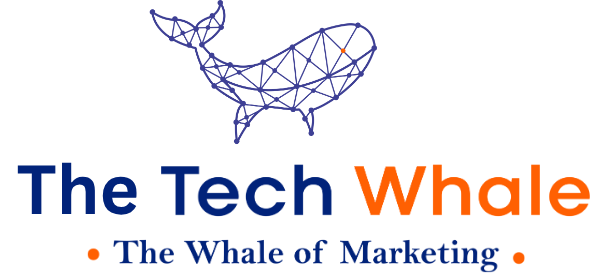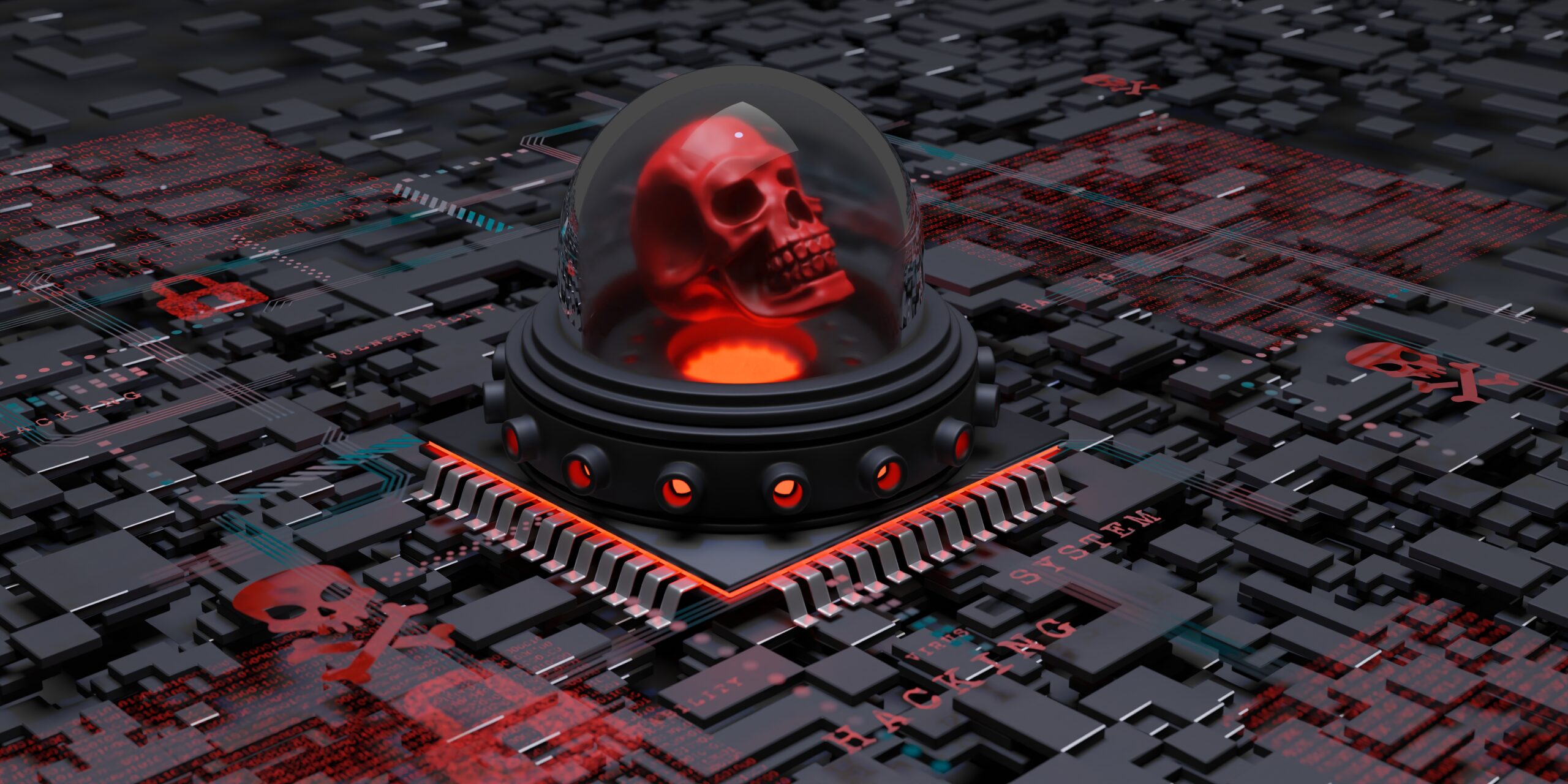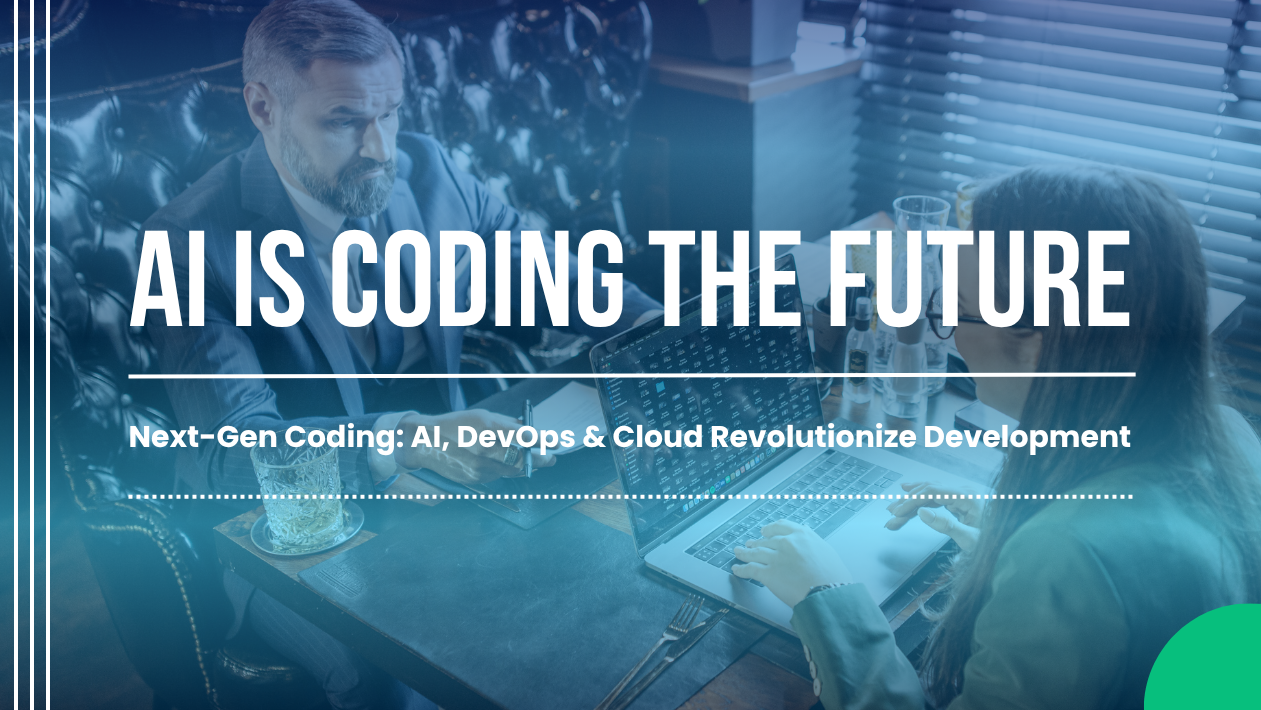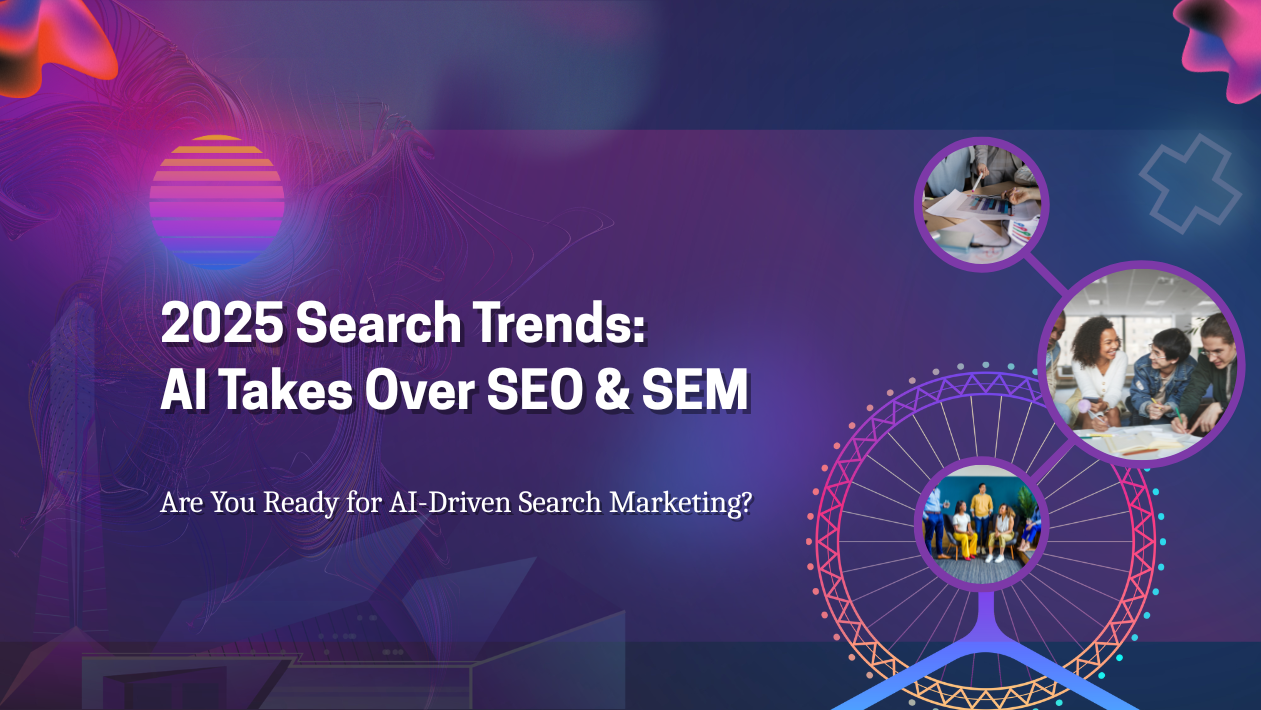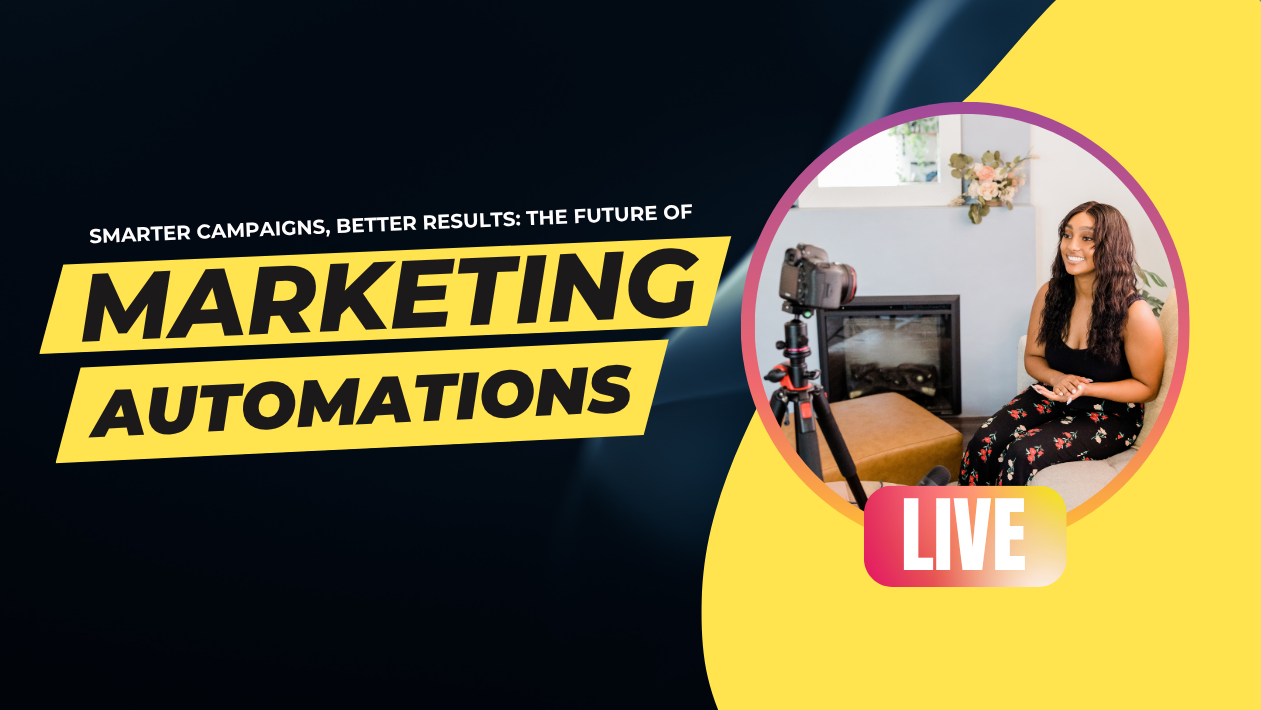As businesses and governments race to adopt digital-first strategies, cybersecurity in 2025 has become more complex and critical than ever. While AI is now playing a central role in detecting and responding to threats, cyberattacks are also becoming more sophisticated, often targeting human vulnerabilities over technical flaws.
From zero-day exploits to deepfake-driven phishing scams, organizations are under constant pressure to stay ahead of attackers while maintaining user trust and compliance.
AI and Automation: The New Cyber Frontline
AI-powered cybersecurity tools like Darktrace, CrowdStrike Falcon, and SentinelOne are now essential for real-time threat detection, incident response, and behavioral analytics. These systems can autonomously isolate threats, analyze anomalies, and even simulate attack surfaces to prevent breaches before they happen.
But as defenders embrace AI, attackers are doing the same—creating AI-generated malware that adapts to avoid detection.
Quantum Computing Raises Red Flags
With the acceleration of quantum computing, experts warn that traditional encryption methods could soon become obsolete. Governments and enterprises are now investing in post-quantum cryptography to future-proof sensitive communications and financial data.
The U.S. National Institute of Standards and Technology (NIST) recently published draft standards for quantum-resistant encryption algorithms, pushing companies to prepare now before it’s too late.
Ransomware Evolves Into ‘RansomOps’
Ransomware has morphed into sophisticated ransomware-as-a-service (RaaS) operations, often backed by organized cybercrime groups. Attackers now spend weeks inside corporate systems before launching an attack, maximizing impact and payout.
2025 has already seen major ransomware incidents targeting supply chains, hospitals, and even smart cities, with some attackers demanding payment in privacy-focused cryptocurrencies like Monero.
Human Error Still the Weakest Link
Despite technological advances, human error remains the #1 cause of breaches. Social engineering, phishing, and poor password hygiene continue to give attackers easy entry.
Companies are investing more in cybersecurity awareness training, phishing simulations, and secure-by-design user interfaces to close the human loophole.
Zero Trust Architecture Becomes Industry Standard
The Zero Trust model—“never trust, always verify”—is now the dominant framework in enterprise security. Identity-first security, device compliance checks, and micro-segmentation are ensuring that internal users don’t automatically have unrestricted access.
This model has become especially vital with remote work, third-party integrations, and growing API ecosystems.
Cybersecurity Regulation Tightens Globally
Regulators in the EU, U.S., and Asia are enforcing stricter rules on data protection, breach disclosures, and supply chain security. The EU’s Cyber Resilience Act and the U.S.’s National Cybersecurity Strategy 2025 have introduced stiff penalties for non-compliance and weak cyber practices.
Looking Ahead: Adaptive, Autonomous, and Accountable Security
As threats evolve, the future of cybersecurity lies in autonomous response systems, cross-sector collaboration, and ethical AI oversight. Companies that treat cybersecurity as a core business function—not just an IT task—will be best positioned to thrive in the digital economy.
